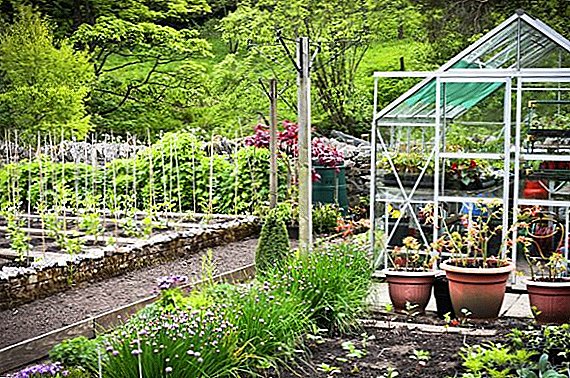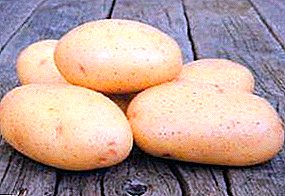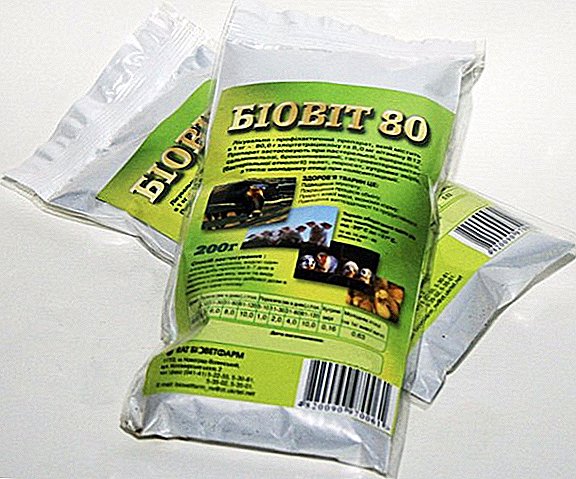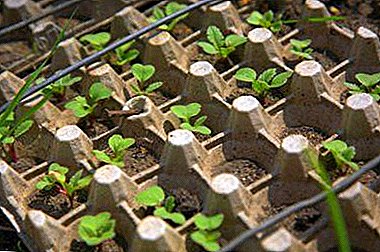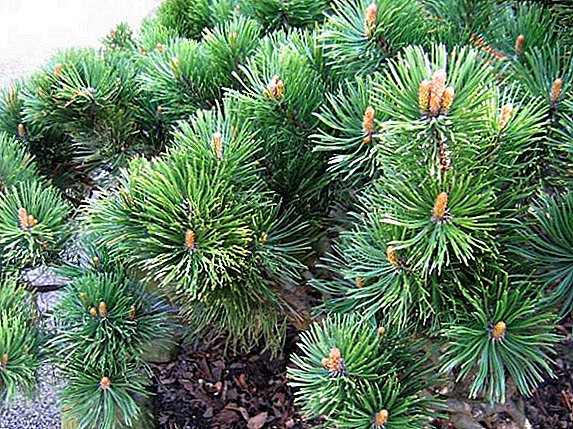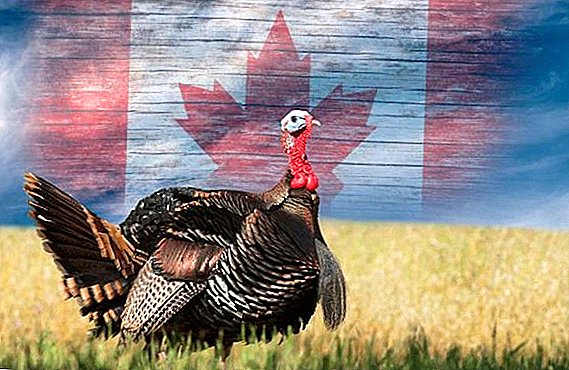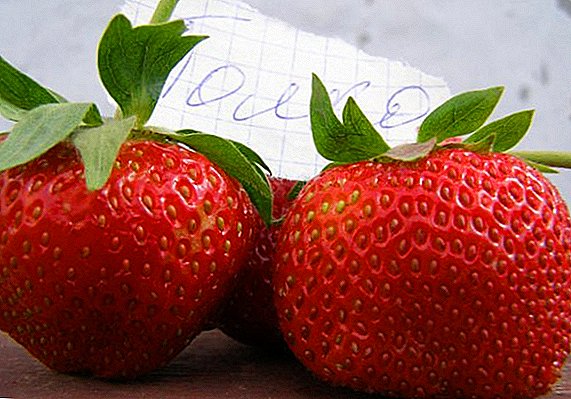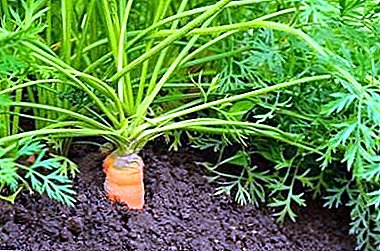
The way of planting carrots in the Ural region is traditional, as for any northern latitudes of Russia. With the observance of agrotechnics of growing a root crop, it is quite easy to get a good harvest.
The article will detail how to plant carrots, given the particular climate, consider the table of vegetable varieties for cultivation in this region by planting dates. We will also learn what are the differences in the preparation, planting, cultivation of vegetables and learn how to deal with pests and when they plant this root crop.
Climate features in the region
The specificity of vegetable growing in the Urals is due to the geographical features of the area. The length of the Ural Mountains exceeds 2000 km. The climate in different areas is significantly different from each other. A characteristic feature of the region is:
- frequent sudden change of weather;
- unexpected frosts;
- chaotic distribution of precipitation throughout the dacha period.
Tables of vegetable varieties for cultivation with planting dates
Almost all local varieties grow well in the Urals, but the Southern region is considered the most favorable for carrots. It is well adapted varieties suitable for Central Russia. For the Server part of the Urals, it is worth choosing varieties resistant to cold and bad weather.
Early
 Early varieties of carrots are most suitable for fresh consumption. The best results showed
Early varieties of carrots are most suitable for fresh consumption. The best results showed
- Amsterdam;
- Nastena;
- Alenka;
- Dragon;
- Belagain White;
- Finhor;
- Color F14;
- Victoria F.
The average period of ripening early harvest is 80-90 days. Fruits are juicy, with thin skin. Do not tolerate long-term storage.
Middle late
The expected ripening period for medium carrots in the Ural climate is 95-115 days. The fruits are suitable for fresh consumption, processing and storage in the first half of winter. For landing it is worth choosing:
- Altai shortened;
- Red Giant;
- Forto;
- Nantes 4;
- Vitamin 6;
- Callisto F1.
Late
Varieties with a late landing period tolerate winter storage well., are distinguished by a thick sandpaper, dense pulp. The fruits are adapted to local climatic conditions, the duration of the vegetative period is 120-130 days.
The best grades for planting consider:
- Queen of autumn;
- The emperor;
- Yellowstone;
- Shantane 246;
- F1 totem;
- Ting F1;
- Losinoostrovskaya 13.
Differences in growing
The winters in the Urals are predominantly harsh, which dictates certain conditions for disembarking, leaving and gathering. To obtain a rich harvest of carrots should take into account some features.
Landing
 The main indicator of the beginning of sowing carrots:
The main indicator of the beginning of sowing carrots:
- ground temperature;
- the intensity of the lighting of the selected area during daylight hours.
Seeds are planted in open ground only when a stable frost-free period has been established. The optimal time for planting carrots in the Urals is the end of April and the beginning of May. During this period, the surface layer of the earth warms up to a temperature of + 10-12 ° С during the day and + 5-8 ° С at night.
In the southern territories of the region, carrots are planted from mid to late April.In the middle part of the area - from late April to early May. In the Northern Urals, the time is extended until the end of May; planting seeds on a film is permissible.
Training
Proper pre-sowing work will significantly accelerate the friendly germination of seedlings in the limited conditions of the Ural summer. It is worth paying special attention to the preparation.
Inventory
For planting carrots will need a pointed hoe (hoe) and a rake with a web width of 30-40 cm with rounded teeth. For sowing in the northern regions of the country is to prepare non-woven material to protect the soil.
Seed
There are several proven ways to shorten the germination of carrot seeds:
- Warming up. Seeds are immersed in hot water (temperature + 50 ° C) for 15-20 minutes and shifted for 2 minutes into a container with cold water to increase resistance to diseases and pests.
- Soak. Seed out soaked for a day in a solution of sodium humate, 1 tbsp. l 1 liter of water or 1 tbsp. spoon wood ash. For additional growth stimulation, it is customary to use Epin, Zircon, and Prophet.
- Bubbling. Seeds for a day placed in a jar of warm water and immersed aquarium compressor. During this time, the seed actively circulates in the vessel with oxygen. Next, the seeds are placed between layers of damp cloth and placed in a refrigerator on the bottom shelf for 3-5 days. For ease of planting, seeds are dried on the day of direct sowing.
Soils
 Sands and loams are considered the best soil for planting carrots.which pass moisture well and air to the roots, warms up quickly, are easily processed. The preliminary autumnal preparation of the ground for planting carrots consists of digging to a depth of at least 15–20 cm and collecting rhizomes of perennial weeds.
Sands and loams are considered the best soil for planting carrots.which pass moisture well and air to the roots, warms up quickly, are easily processed. The preliminary autumnal preparation of the ground for planting carrots consists of digging to a depth of at least 15–20 cm and collecting rhizomes of perennial weeds.
Growing sideratov in the fall and their subsequent digging into the soil enriches the soil with natural nutrients. In the spring, such a site is once again dug up to increase the access of oxygen.
Soil preparation for planting has a number of distinctive features over other root crops. Vegetable categorically does not tolerate top dressing with fresh manure. To enrich the land is preferably used:
- 10 g of urea, 10 g of potassium chloride, 30 g of superphosphate per 1 square meter garden bed;
- mature compost for lean soil and sand for heavy clay;
- lime to reduce excess acidity.
Choosing a place
The best predecessors for planting carrots are:
- tomatoes;
- cucumbers;
- potatoes;
- cabbage.
It is not recommended to sow carrots near the closest relative of dill, the plants do not tolerate the immediate neighborhood. Well-lit and heated areas are best for planting root vegetables.
Sowing
The depth of sowing depends on the type of soil on the site. On heavy soils, the material is buried by 1-1.5 cm, on light ones - by 2 cm. The recommended distance between rows is 20 cm. After planting, the seeds are covered with earth and watered, depending on the initial degree of soil moisture.
Care
Immediately after disembarking, the beds are moistened at intervals of 2 times a week. With the advent of the first shoots, watering is reduced to 1 time in 7 days, but the amount of water is increased.
In dry summer land is recommended to mulch immediately after watering. Excessive soil moisture should be avoided. A large amount of moisture in the ground leads to cracking and deterioration of fruits.
Primary
In addition to the traditional disposal of weeds, an important step in the cultivation of carrots is its regular thinning. The primary removal of weak shoots is carried out through 1 cm in the phase of two true leaves.
Subsequent
Removal of excess sprouts carried out on the principle of grade root. For long and thin fruits leave a gap between sprouts of 3-5 cm, for short and wide 5-8 cm. Twice in a season the plants are fed with a nitroammophos.
The first time fertilizer is applied one month after the emergence of shoots, the second time after three weeks.
Harvesting
Middle and early varieties are harvested in the middle and end of August. Late varieties for storage are extracted from the soil in late September-mid October. The fruits are dug in dry weather and dried on the surface for 1-3 days. Favorable periods are considered with a waning moon. Store at a temperature of + 1-3 ° C.
Fight against diseases and pests
 Carrot fly, powdery mildew and wireworm most often hit carrots in the Ural region. Regular thinning, weed removal and planting with onions will help prevent the appearance of diseases and pests on the roots. To fight insects use drugs:
Carrot fly, powdery mildew and wireworm most often hit carrots in the Ural region. Regular thinning, weed removal and planting with onions will help prevent the appearance of diseases and pests on the roots. To fight insects use drugs:
- Aklellik;
- Tsiper;
- Shar Pei;
- Aktara;
- Basudin.
In the Urals, carrots should be sown in accordance with the weather conditions of the territory of residence. In the southern region, with the predicted warm winter, it is worth experimenting with the wintering of the seeds. In any case, the plant will respond to regular care with a good harvest from fruits with a large amount of carotene and other nutrients.


